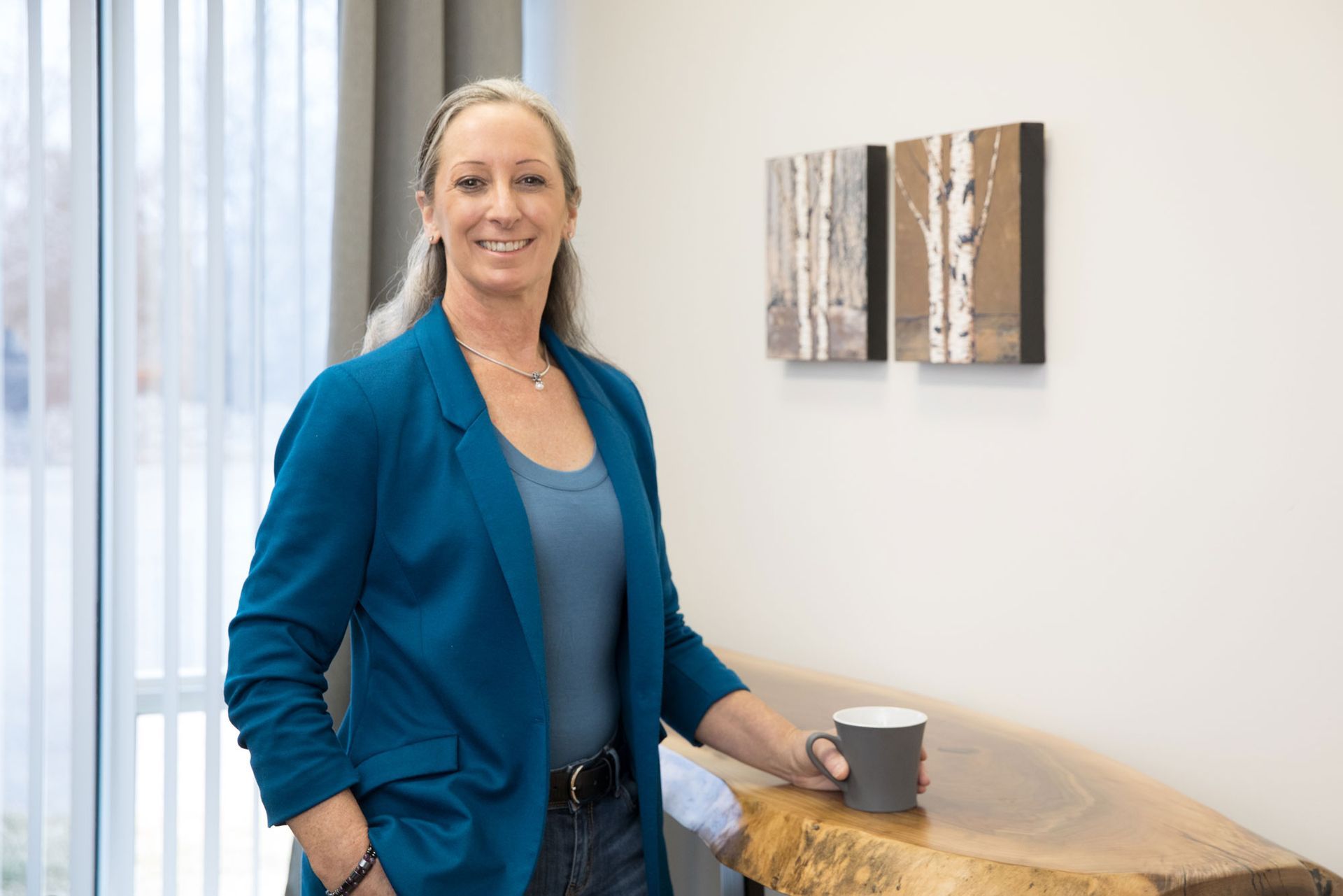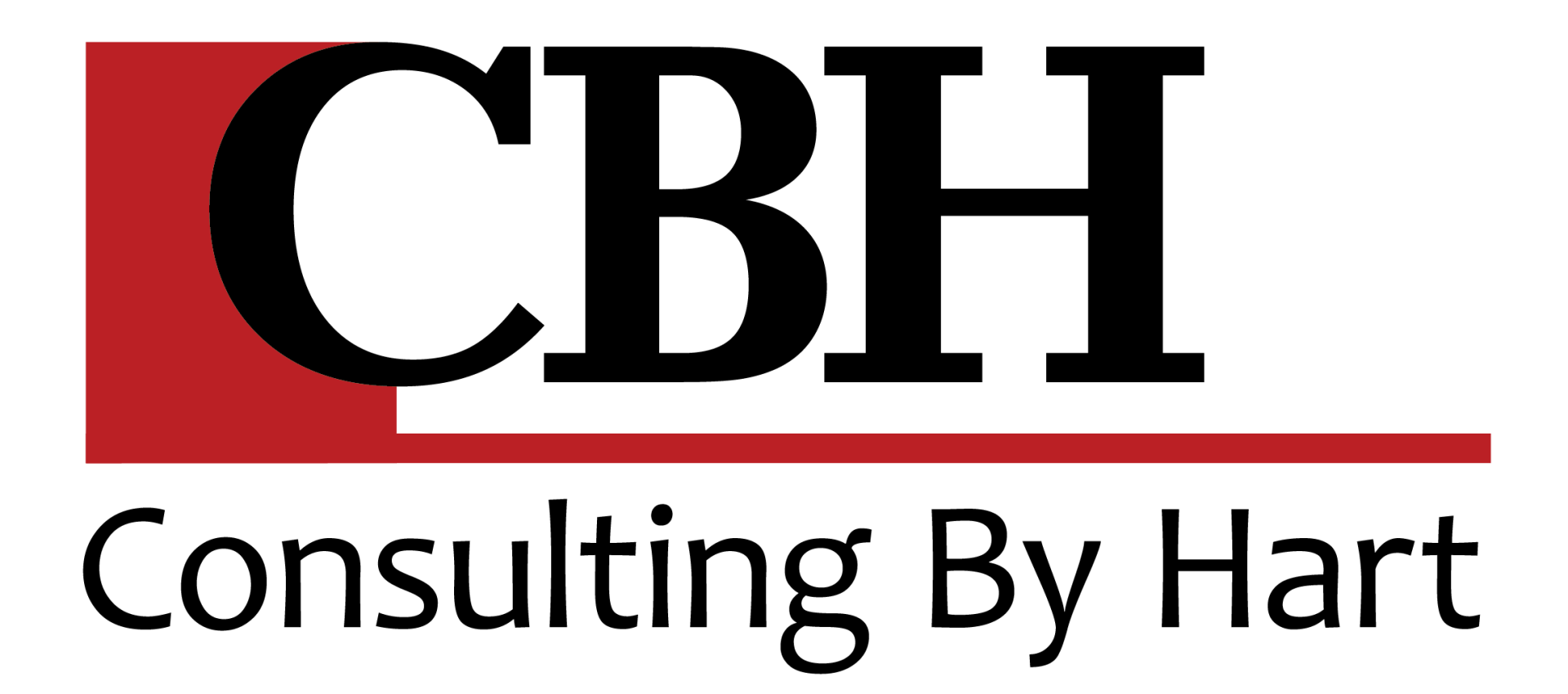Defining Your Ideal Client Avatar
I recently hosted another episode of the Landscape Ontario Peer to Peer Network ‘BUSINESS BITES’ series. I was thrilled to spend the hour talking with Scott Wentworth about how his company Wentworth Landscapes, has determined who their right-fit ‘ideal client avatar’ is.
We were joined by a curious group of business owners – who all enjoyed the discussion, and chimed in with great questions during the live session on Zoom.
Here are the highlights from our discussion:
I’m taking the liberty to paraphrase Scott Wentworth in saying that in his business, it’s equally as important to determine who the ideal clients are, as who they aren't. “Prequalifying isn't black and white, it's intuitive.” explains Scott.
At Wentworth Landscapes, one key driver for knowing in advance of starting a project as to who is 'right fit', is being clear on a key company-wide goal – to create "The Raving Fan Experience" for their customers.
“When the company and team goal is to partner with the client so that the team and client both enjoy the process of the project as much as the end result, this draws a line in the sand.” Says Scott. When ‘red flags’ pop up as warning signs for the sales/design team, they act on it, using their intuition to inform decisions whether or not to take on a client.
Here are my top take-aways from our ‘Ideal Client Avatar’ Business Bite discussion:
1. Be very clear in advance, exactly who the company is, and who is right fit to both work in and with the team. Without this clarity, you won’t know whether the client seems aligned with your company culture and values. And, if you don’t know who is right- and wrong-fit, and know how to act on it, you are likely going to struggle with clients who either give the team a hard time (on either project scope, quality or payment) or leave unhappy, spreading unfair news of your company’s service.
2. Be very clear and steadfast as to whether the work the client wants done is within your profitable wheelhouse. This means that you need to know which types of work are more profitable than others for your business, and focus on making it a part of the decision as to which projects you are willing to take on.
3. Make sure that you know, crew by crew, the types of work that will energize the team. It’s super important for your team to know that you’re strategically selecting work that they are confident to do and that they enjoy – as much as possible. And it’s super important as a retention strategy to include them in the conversation about what work is and isn’t interesting to them.
4. Use your company branding and ‘sweet spot’ also as a filter to guide the right projects (or locations) for the clients that you take on. All too often, you’ll hear stories of a company that took on a specialty job, a ‘one-off’ that turned out to be a nightmare. Stick to what you’re known for, and to what you and the team are accustomed to accomplishing.
5. Take the time to learn enough about the prospective client to learn whether their ethics are aligned with your company process and practices. Some great examples that Scott shared on this point for his company, included red flagging a prospect who isn’t interested in either getting permits, or preserving habitat, or respecting neighbours/community/bylaws. Stick to your own ethics and invite a customer who expects you to compromise on them, to seek a different company for their project.
6. Learn whether the client is interested in partnering with you on the project. This is a big one for Scott and his team. They only take on a client who will be engaged and partner with them on the whole project. One of the red flags on this point that Scott mentioned which would show a potential client is wrong fit for his team, would include someone who refuses to plan for and commit to a weekly site meeting with the project leads… someone who is ‘too busy’ to be engaged in the process and progress of the job… is a wrong-fit for Scott and his team.
One of Scott’s closing comments was this: “We are always competing with the other experiences the client could purchase with their expendable income. So we'd better make it fabulous. Listen to your instincts. Give yourself the permission to drop clients before you start to work for them.” I’d like to add here, that at the time we recorded this session, the Wentworth Landscapes team had 1,000 leads in their sales funnel to qualify, categorize and follow up with.
Taking in all of Scott’s comments in our discussion, leaves me reflecting on one of our CBH Business Building Blocks: Sustained Relationships. Think of the 'client for life' relationship. Ask yourself ‘Is this someone who you want to work for many times over?’ If you see red flags, run the other way.
There’s lot to think about here… and lots to learn from the wisdom of Scott Wentworth. I am grateful that we have wonderful leaders in our profession who are so willing to share their advice and best practices openly with others.
Other Articles That May Interest You:




